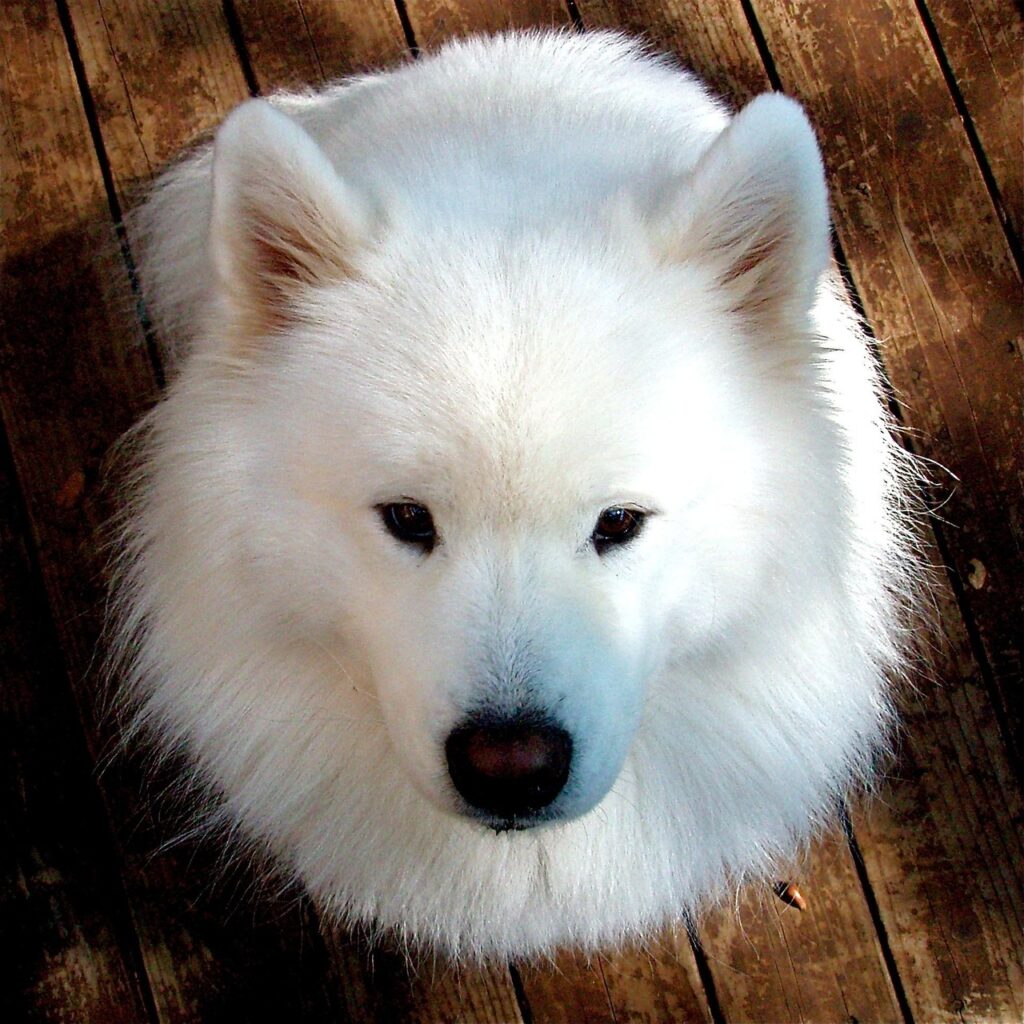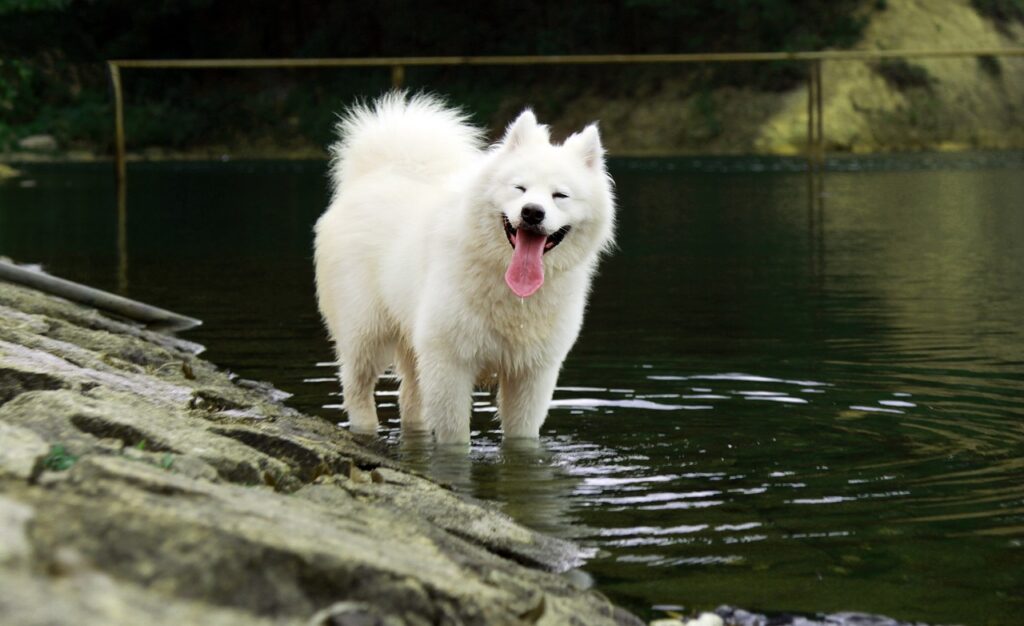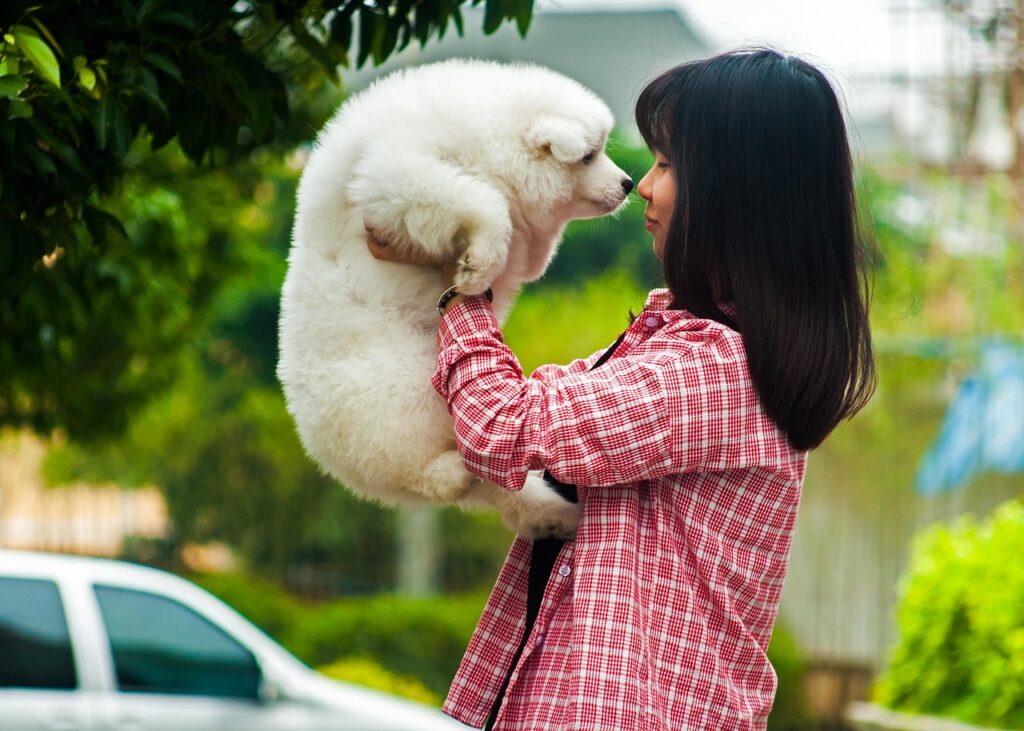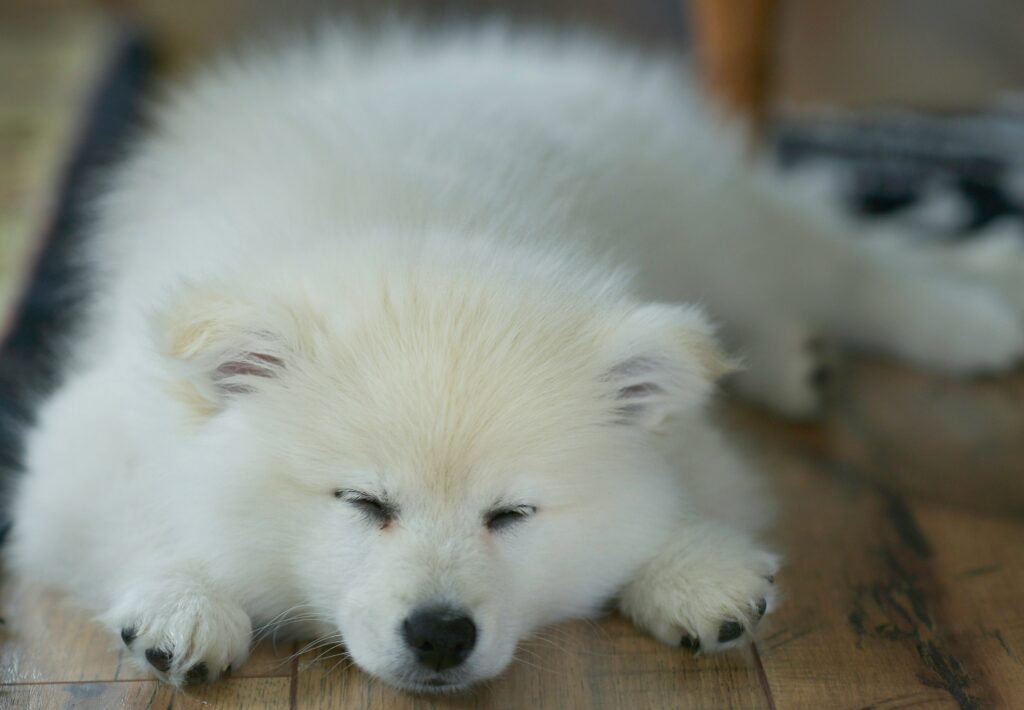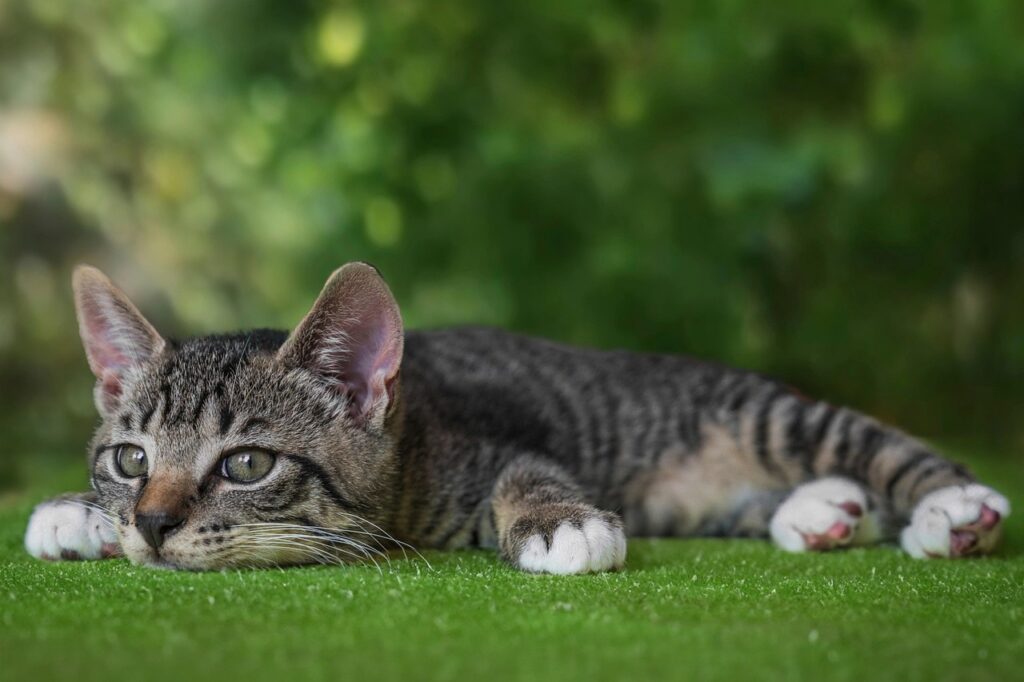
Have you ever wondered if your feline friend’s striking tabby pattern or glossy black coat might reveal something deeper about their personality or health? The fascinating world of cat coat colors and patterns offers more than just aesthetic appeal—it provides clues to genetic lineage, potential behavior traits, and even possible health considerations.
The Genetics Behind Cat Coat Colors
The rich diversity of feline coloration stems from complex genetic interactions. Most cat colors derive from two primary pigments: eumelanin (black/brown) and pheomelanin (red/orange). What appears as a simple coat color actually represents an intricate genetic blueprint unique to your cat.
Dominant and recessive genes work together to create the rainbow of cat coats we admire. The gene responsible for orange coloration is particularly interesting as it’s carried on the X chromosome, explaining why approximately 80% of orange cats are male while nearly all calico and tortoiseshell cats are female.
Common Cat Coat Colors and Their Meanings
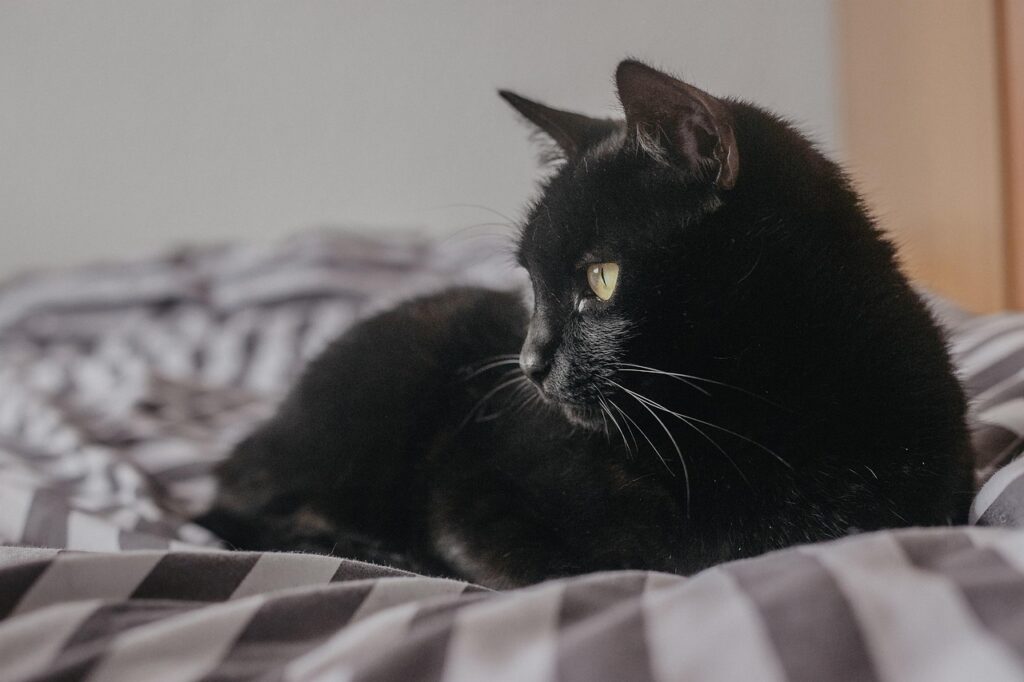
Black Cats: Mystery and Resilience
Black cats have been surrounded by superstition throughout history, but their melanin-rich coats may actually provide health advantages. Research suggests black cats might have stronger immune systems due to the genetic makeup that produces their midnight hue.
Black cat owners often report their pets as being affectionate and loyal companions with balanced temperaments. While personality ultimately depends on individual factors, many veterinarians note that black cats frequently display remarkable adaptability in new situations.
Black Cat Myths and Legends
Throughout history, black cats have sparked colorful superstitions worldwide. In medieval Europe, they were unfortunately associated with witchcraft, while ancient Egyptian culture revered them as divine protectors. Japanese sailors once kept black cats aboard ships as good luck charms, believing they would ensure safe voyages.
In Scotland, the appearance of a strange black cat at your doorstep is still considered by some as a sign of prosperity to come. Meanwhile, in parts of England, receiving a black cat as a wedding gift was thought to bring exceptional good fortune to the bride.
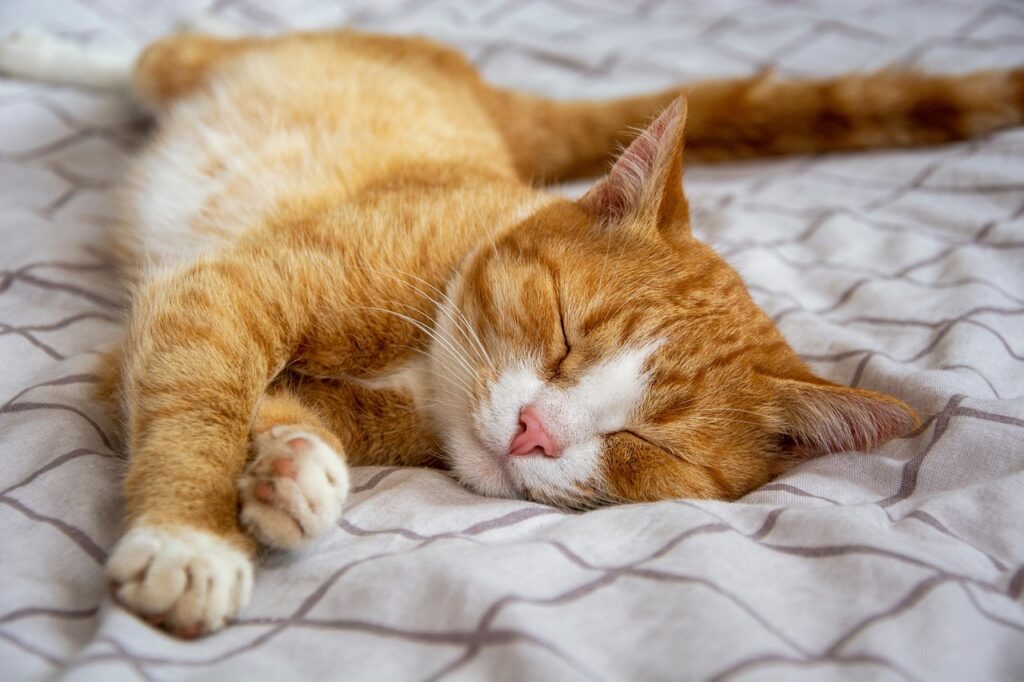
Orange/Ginger Cats: Bold Personalities
Often described as outgoing and friendly, orange cats have gained a reputation for their vibrant personalities matching their bright coats. This coloration occurs when the pheomelanin pigment is dominant, creating shades ranging from pale cream to deep rust.
Studies indicate that orange cats, particularly males, tend to be more sociable with humans and may exhibit more demanding behavior for attention and affection. Their playful nature often persists well into adulthood.
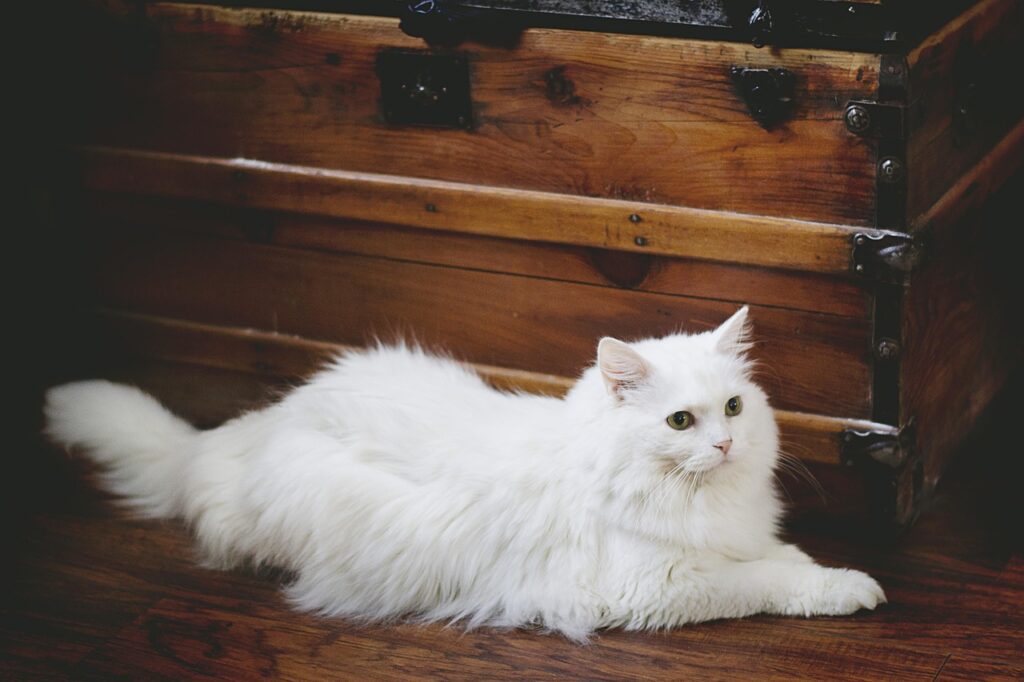
White Cats: Elegant but Vulnerable
The pristine appearance of white cats comes from a gene that masks all other colors. These cats lack melanin production and require special consideration as they face higher risks of sunburn and skin cancer, particularly on their ears and nose.
White cats with blue eyes have a significantly higher chance of congenital deafness due to genetic linkage between the white coat gene and inner ear development. Regular veterinary checkups are especially important for these elegant felines.
Fascinating Cat Coat Patterns
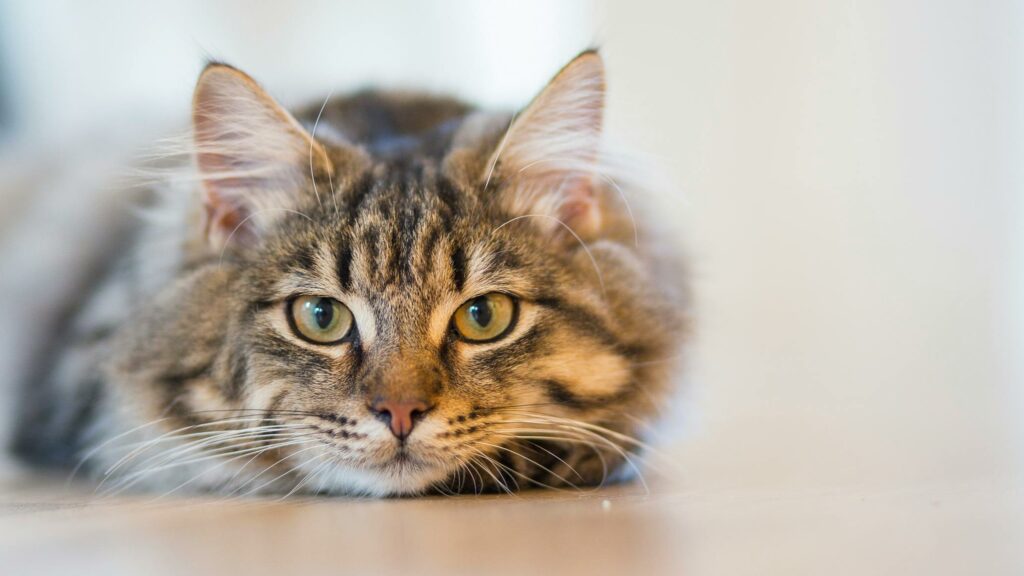
Tabby Patterns: Ancient Wild Heritage
The ubiquitous tabby pattern—characterized by distinctive M-marking on the forehead—connects our domestic companions to their wild ancestors. This pattern appears in several variations:
- Classic tabby (swirled, marble-like patterns)
- Mackerel tabby (vertical stripes resembling a fish skeleton)
- Spotted tabby (broken stripes appearing as spots)
- Ticked tabby (individual hairs with multiple bands of color)
Tabbies often display adaptive intelligence and strong hunting instincts, reflecting their ancestral roots. Many cat behaviorists note that tabbies tend to be well-balanced in temperament and adapt easily to different living situations.
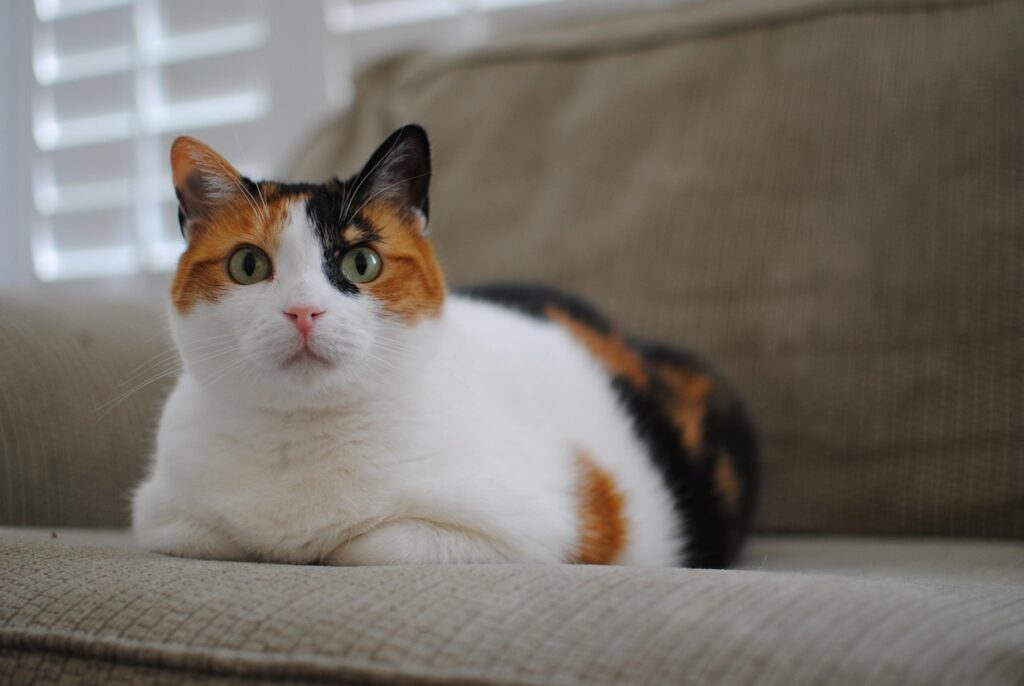
Tortoiseshell and Calico: The Unique Females
The mottled, multi-colored coats of tortoiseshell and calico cats result from a genetic phenomenon called X-chromosome inactivation. This produces a striking mosaic effect where different color genes express themselves in patches across the cat’s body.
The rare male tortoiseshell or calico usually has a genetic anomaly (XXY chromosomes instead of XY), occurring in approximately 1 in 3,000 cats. These distinctive coat patterns have given rise to the term “tortitude“—describing their reportedly feisty and independent personalities.
Calico and Tortoiseshell Lucky Charms
In many cultures, calico cats are considered living lucky charms. Japanese sailors brought them aboard ships for protection, while in the United States, calicos are sometimes called “money cats” because of the belief they bring financial prosperity to their owners. The Japanese lucky cat figurine (Maneki-neko) is traditionally depicted as a calico, embodying this fortune-bringing reputation.
Health Considerations Related to Coat Colors
Certain coat colors correlate with specific health predispositions. For instance:
White cats face higher risks of deafness and skin cancer, while orange cats show increased susceptibility to dental issues and gingivitis. Cats with the dilute gene (creating blue/gray or cream coats) may have a slightly higher tendency toward alopecia (hair loss).
Siamese-pointed patterns, created by temperature-sensitive genes that darken extremities, correlate with certain vision abnormalities. Understanding these connections helps responsible owners provide proactive veterinary care tailored to their cat’s potential needs.
Does Coat Color Really Affect Personality?
While anecdotal evidence abounds regarding coat color and temperament connections, scientific research provides mixed results. A 2015 study published in the Journal of Applied Animal Welfare Science found that people assigned specific personality traits to cats based on coat color—but these perceptions may reflect human bias rather than feline reality.
Nevertheless, certain color-linked genes can influence development, potentially affecting neurological pathways and subsequent behavior. The connection remains an active area of feline research, highlighting the complex interplay between genetics, environment, and individual temperament.
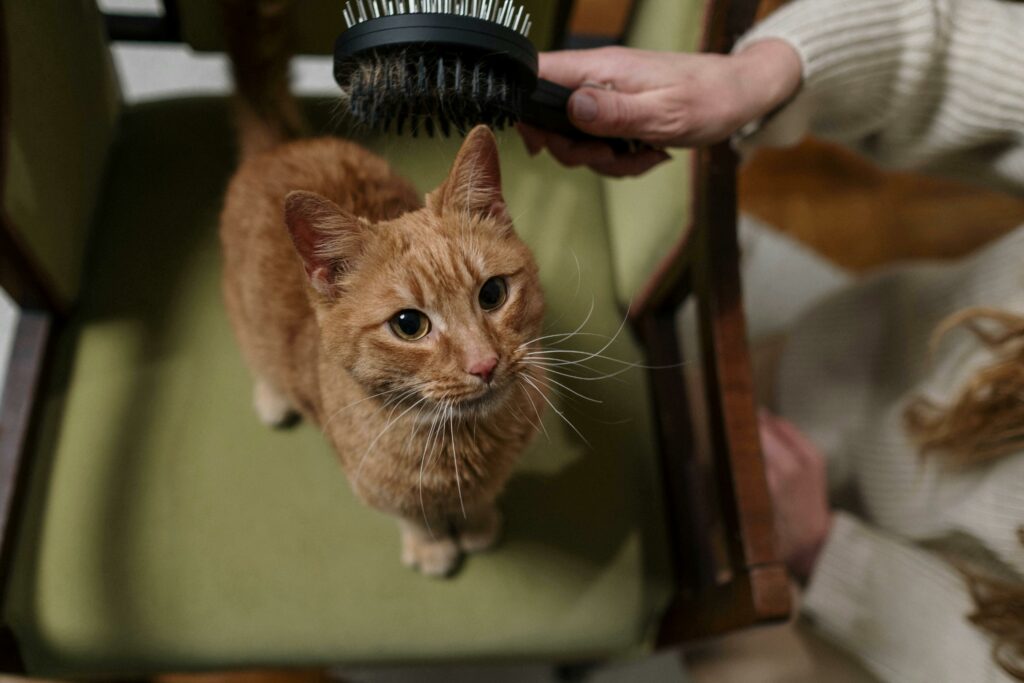
Caring for Your Cat Based on Coat Type
Different coat types require specific grooming approaches. Long-haired cats need regular brushing to prevent matting, while short-haired varieties generally maintain their coats with minimal human assistance. White and light-colored cats benefit from sun protection on their ears and nose during outdoor exposure.
Regular grooming sessions provide an opportunity to check for any skin irregularities that might be camouflaged by your cat’s fur pattern, allowing early detection of potential health concerns.
Conclusion
The captivating variety of cat coat colors and patterns offers a window into your feline’s genetic heritage and potential health considerations. While not definitively predictive of personality, understanding your cat’s unique coloration helps provide tailored care for their specific needs.
Whether you share your home with a mischievous tabby, an elegant white beauty, or a fiery orange companion, appreciating the genetic marvel that created their distinctive appearance adds another dimension to your special bond. And while the charming myths surrounding your cat’s coloration may not be scientifically valid, they certainly enrich the cultural tapestry that celebrates our feline companions throughout human history.
References
Feline Coat Color – https://vgl.ucdavis.edu/resources/cat-coat-color
Cat Coat Color, Personality Traits and the Cat-Owner Relationship Scale: A Study with Cat Owners in Mexico – https://pubmed.ncbi.nlm.nih.gov/35454276/
History of Calico Cats – Taking a Look at Their Past – https://www.catster.com/cat-breeds/calico-cat-history/
Myths and Superstitions About Black Cats – https://www.thesprucepets.com/black-cat-superstitions-554444































